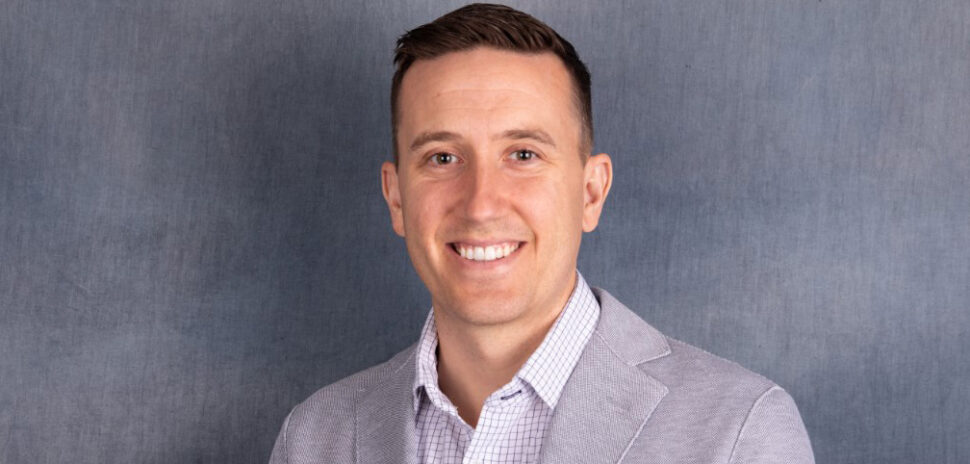After the United States Patent and Trademark Office announced plans to establish three regional outposts beyond its first one in Detroit, more than 50 cities were considered as potential locations. When all was said and done, Dallas was one of the three big winners, along with San Jose and Denver.
There has been a series of milestones since the Texas Regional Office, as the USPTO outpost in downtown Dallas is known, opened its doors on November 9. Hope Shimabuku—a native Texan, engineer, and intellectual property attorney—was named the office’s first director on December 8. She assumed the job on January 4, and her office’s first batch of newly hired patent examiners began their training one week later.
Another landmark is scheduled for Friday. That’s when the USPTO will host its first Texas Regional Inventors Conference, a free seminar on the various types of intellectual property protection, resources available to inventors and entrepreneurs, and the ins and outs of the patent process.
In Hope Shimabuku’s view, the director’s position at the Texas Regional Office was the perfect culmination of her education and experience.
“You hear on shows like Shark Tank, ‘Oh, have you patented this?’” Shimabuku says. “You hear the phrase, but you may not necessarily know what it does and what power a patent really has.”
Shimabuku knows plenty about the power of patents. After earning her law degree from SMU, she worked at a pair of Dallas firms—Yee & Associates and Munsch Hardt Kopf & Harr—where interaction with the USPTO “essentially was my lifeblood.” Those gigs were followed by corporate counsel positions at BlackBerry and then Xerox. Before law school, she put her mechanical engineering degree from the University of Texas to work at Proctor & Gamble and Dell. So, in her view, the director’s position at the Texas Regional Office was the perfect culmination of her education and experience.
“At the end of the day, it was really a once-in-a-lifetime opportunity,” Shimabuku says. “I don’t know if I would have had another opportunity to start up a brand-new office for the U.S. Patent and Trademark Office, and be able to come in and lead a world-class organization like this from the ground up. This was just something that I couldn’t pass up.”
She was hardly the only person who felt that way about the Texas Regional Office, which will employ 100 patent examiners; authorities had to sift through more than 700 applications for the first openings. Michelle Li, director of the USPTO, put pressure on her still-forming Dallas staff during the regional office’s opening gala.
“Many cities wanted a regional office, and you have one, so take advantage of it, use it, and make it the busiest office in the country,” Li told the crowd that filled the Perot Museum of Nature and Science lobby on November 9.
“Many cities wanted a regional office, and you have one, so take advantage of it, use it, and make it the busiest office in the country,” Michelle Li, director of the USPTO, says.
If the Texas Regional Office handled patent applications only from Texans, it would have the potential to be among the nation’s busiest. The USPTO granted 10,691 patents to Texas inventors in 2014, second only to California’s total of 43,679. And in 2000 through 2013, the metropolitan statistical area of “Dallas-Fort Worth-Arlington” had more patents granted than any other MSA in Texas, ranking 11th nationally. (California had four of the top nine.)
Of course, the Texas Regional Office will not handle all patent applications from Texans, just as the Rocky Mountain Regional Office in Denver does not exclusively examine patents filed by Coloradans. Because examiners have different fields of expertise, an application filed by a Dallas inventor may be assigned to an examiner at a different regional office or at USPTO headquarters. But the Texas Regional Office has secure video conferencing technology that will allow Dallas inventors to get face time with examiners nationwide.
“One thing we’ve heard over the years is ‘I need to talk to my examiner face to face,’ and that’s what we’re trying to make possible,” said Russell Slifer, deputy director of the USPTO.
The Leahy-Smith American Invents Act, which President Barack Obama signed into law in 2011, laid out several reasons to establish regional USPTO offices, including:
- Increase outreach activities to better connect patent filers and innovators with the USPTO;
- Enhance patent examiner retention;
- Improve recruitment of patent examiners;
- Decrease the number of patent applications waiting for examination.
The first three goals can potentially be solved by geographic diversity. Not all patent applicants live within driving distance of the USPTO headquarters in Alexandria, Virginia, and there are plenty of potential patent examiners who don’t want to live on the East Coast. Opening regional offices in each time zone and a variety of climates makes it possible to hire examiners with various backgrounds and experiences.
And hiring more examiners will make it possible to achieve the fourth goal. In 2009, the backlog of unexamined patent applications peaked at more than 700,000. By July 2014, that number had been reduced to approximately 620,000, despite new applications being filed all the time. During that same time frame, the USPTO reduced the average pendency for an application to 29.1 months, the lowest level since 2005. The goal is to cut that to 20 months by 2019.
“The value of that piece of paper is everything to your company,” says inventor Kevin Nelson. “But if you do have a patent, you have a piece of paper you can show to an investor and say, “Isn’t this cool?’”
“The faster patents are issued, the quicker entrepreneurs can create jobs,” says Li, the USPTO director.
One such entrepreneur is Kevin Nelson, founder and chief science officer of TissueGen. The Dallas company, which was founded in 2000, holds multiple patents on unique drug delivery technology.
“The value of that piece of paper is everything to your company,” Nelson said when discussing patents. Early on, a startup company may have no product, no money, and no employees. “But if you do have a patent, you have a piece of paper you can show to an investor and say, “Isn’t this cool?’”
And Dallas is one of only five cities where such patents will be issued. Pretty cool indeed.
For a daily dose of what’s new, now, and next in Dallas-Fort Worth innovation, subscribe to our Dallas Innovates e-newsletter.

































